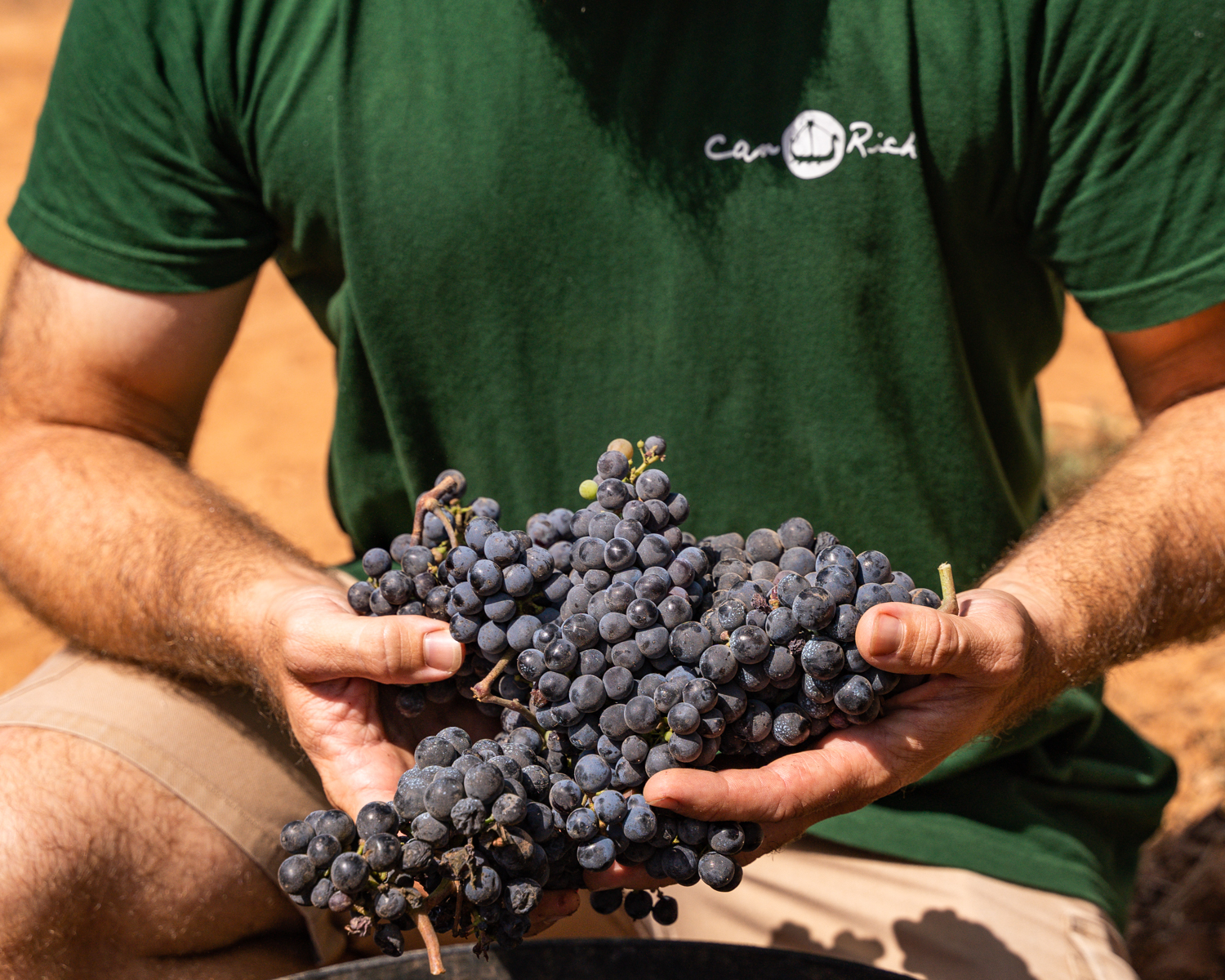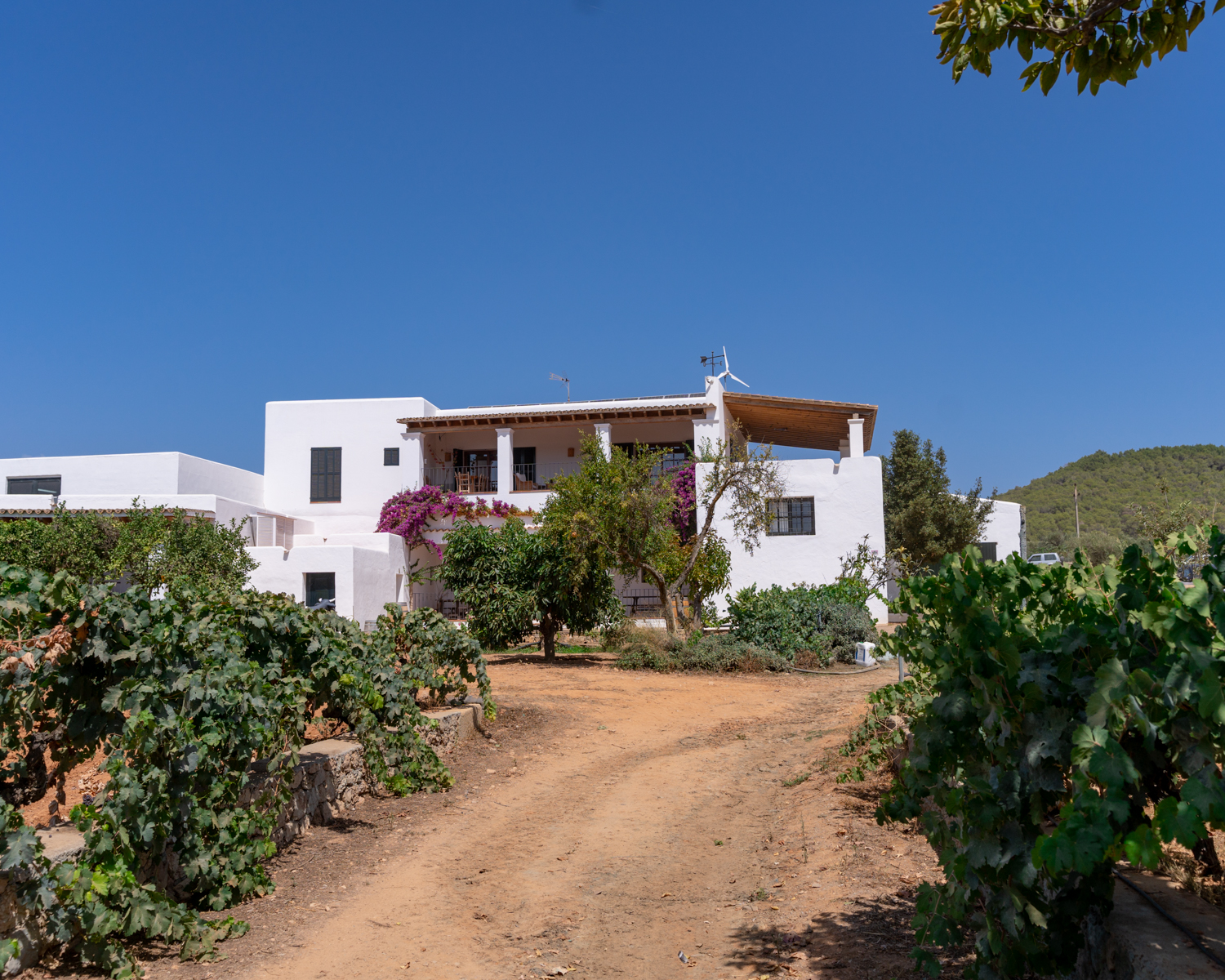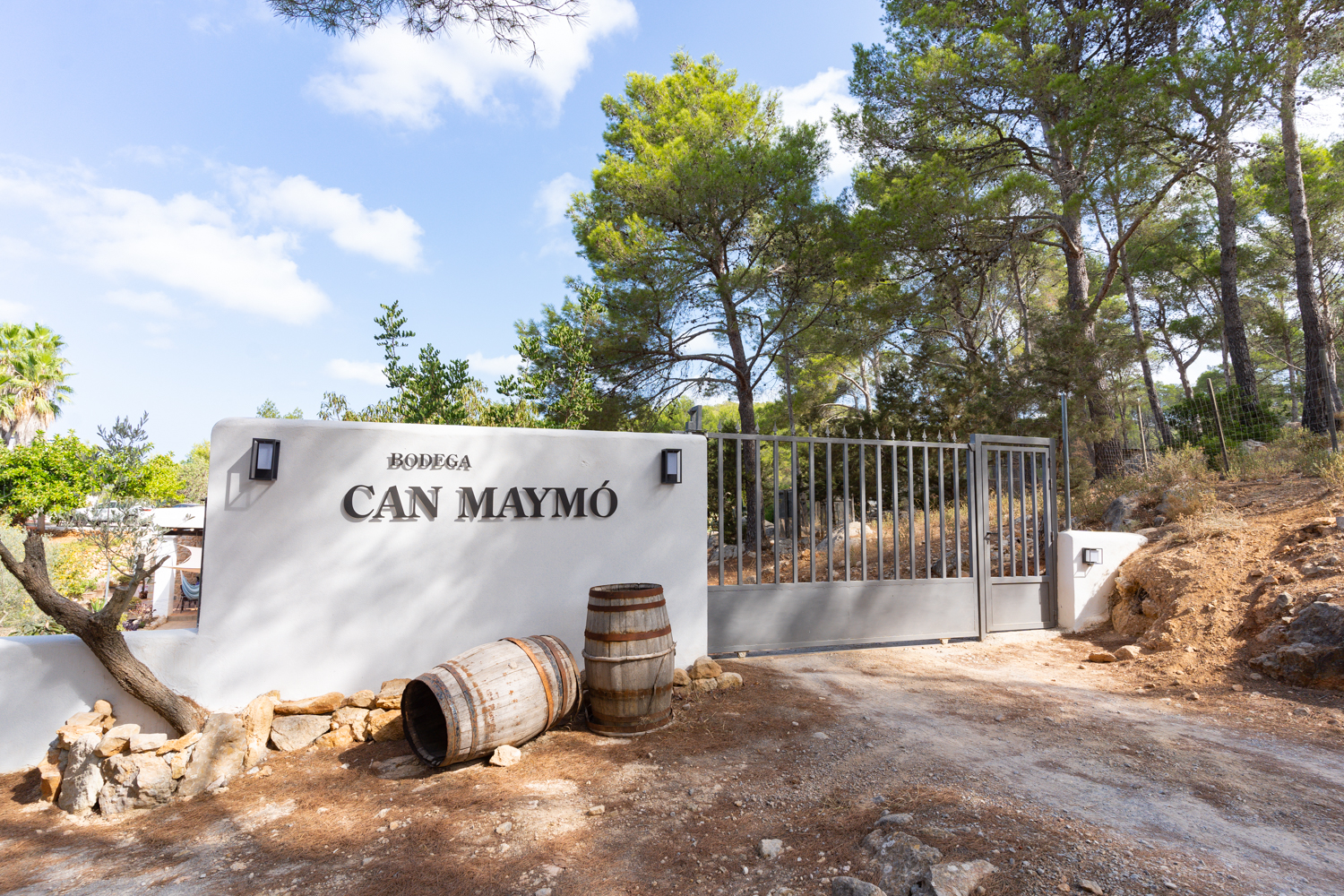
It's time for the grape harvest
The date may vary, depending on the weather, but generally from mid-August to mid-September one of Sant Antoni’s most eagerly awaited events takes place namely, the grape harvest.
The crucial moment when the fruit of the vine is at its peak, with all its potential intact and ready to yield up its finest notes and all the organoleptic properties that will define the character of the future wine.
The grape harvest is a procedure that encompasses picking the grapes and transporting them to the winery. This process can be either manual or mechanical. Grapes are picked manually in the smaller vineyards by experienced harvesters who need to determine whether the grape is ready for picking. Mechanical means are usually used in the bigger vineyards which have espaliered vines that is, they are grown on an elevated structure. With this method the grapes must be rapidly transported to the winery to prevent their oxidation and maceration, as the grapes may be crushed during harvesting or they may contain impurities, such as bark and twigs.

Depending on the time that the grapes are picked, the harvest may be staggered (harvesting at different times, according to when the various vines mature), late picking (to obtain grapes with a higher sugar content which increases the degree of alcohol) or harvesting at night (customary in very hot climate zones to avoid spontaneous fermentation caused by the warm temperature, and also to protect the grape’s aroma).
Once they reach the winery, the bunches of grapes are destemmed and the best grapes are selected for pressing and subsequent fermentation, under the careful supervision of an oenologist.

Wine production has played a crucial role in the development of our island, which has always been associated with a hedonistic spirt which, as history has revealed, goes right back to the Carthaginian period. The Phoenicians were consummate traders and one of the many products that they produced and exported was wine produced on the island. In the 7th century BC, winemaking required knowledge and skills possessed by only a few settlements. At that time, Ibossim -as the island was called by then- enjoyed a well-deserved reputation as a winemaking area that exported to most of the Eastern Spanish peninsula. It is possible that the requisite winemaking skills were also exported, so that other settlements such as l’Alt de Benimaquia in Denia, also began to make their own wines. In any case, if Bacchus was the Greek god of wine, Bes, the analogous Ibizan god, was not backward in assuming a similar role and the island became a very important wine producing centre, a practice which subsequently spread to the local population.

Centuries later, tourism served as an incentive for professional grape growing and wine production that over time gained in quality and popularity. Ibizan wines currently have their own protected geographical indication: Ibiza Vi de la Terra. With this designation the wine producers market wines with traditional grape varieties, with Mourvèdre for reds and rosés, and white wine made with the Malvasia Aromatica grape (known as “grec”). Traditionally planted on the borders of terraced lands and trained onto juniper wood supports, the designation accounts for 60 Ha of vineyards distributed over the white and chalky soils of the hills and the red earth of the flatlands.
The wines of Ibiza are made with the red grape varieties, Mourvèdre, Tempranillo, Merlot, Cabernet Sauvignon and Syrah, and the whites with Macabeo, Chardonnay, Muscat of Alexandria, Muscat blanc à petits grains, and Parellada .

Sant Antoni has three main wineries: Can Rich, Can Maymó and Sa Cova
Can Rich began making wine in 1997 on 17 hectares, adding a further 4 hectares in 2007. The winery, a pioneering producer of organic wines, offers 11 wines to choose from with white, rosé, black – a mature red wine-, and sweet varieties. Some of these, like the Can Rich white, have received awards on more than five occasions, and their Selección red wine has won 6 prizes, illustrative of the winery’s dedication and commitment to producing excellent quality products. The winery offers guided visits and wine tours, taking visitors around the vineyard and showing them the production facility, the products and demonstrating the wine making process. The winery also produces vermouths, sparkling wines, liqueurs- including the Ibizan herbal liqueur, as well as salt, olive oil and vinegar.

Can Maymó is a small family-run winery which began producing wines in 1995. The owner and driving force behind the enterprise, Antonio Costa, renovated the family bodega and installed the latest technology to produce 5 different wines, 3 reds, a white and a rosé. The vineyards are in Pla de Sant Mateu in the heart of the island’s traditional wine making area, and there they grow the local varieties Mourvèdre and Malvasia along with Muscat grapes for white wines, and Merlot, Tempranillo and Syrah for the reds. At harvest time grape pickers harvest the grapes bunch by bunch under the hot sun, filling 18 kg boxes that are quickly transported to the winery for cooling and processing.

Sa Cova was a pioneering winery. The first Ibizan wines were produced by its founder Joan Bonet in 1990. Since then, the vineyards in Pla d’Albarca cover an area of 10 hectares and define the characteristic landscape in this part of the island. On those same vines various grapes are grown and ripened, including Tempranillo, Mourvèdre, Syrah, Merlot, Malvasia and Muscat. Sa Cova devotedly and carefully produces 5 different wines with 3 reds, a white and a rosé. The winery has a 60,000 litre production capacity, with 50% of the wine stored in American and French oak barrels.
- Hits: 515



